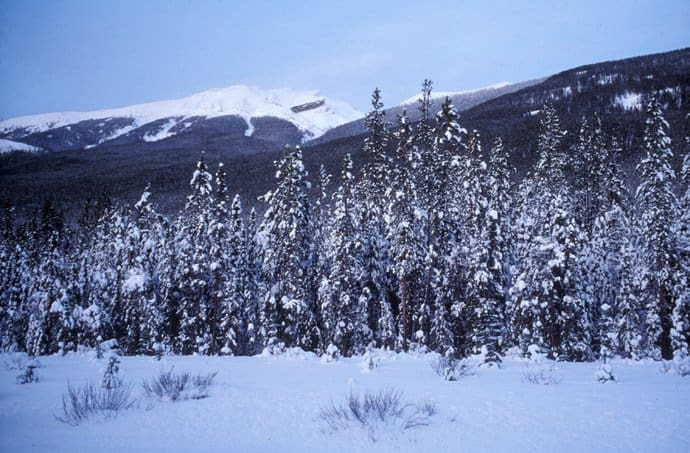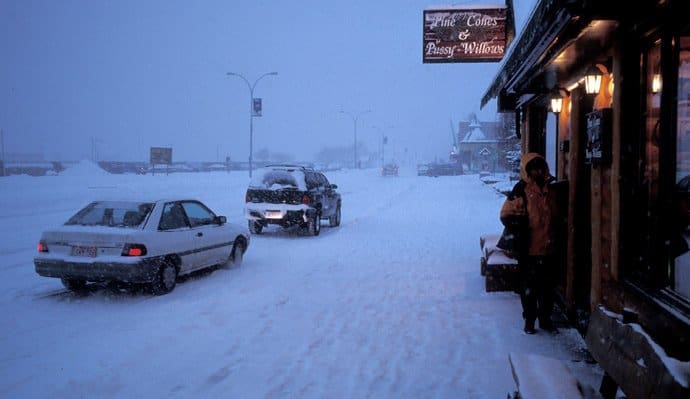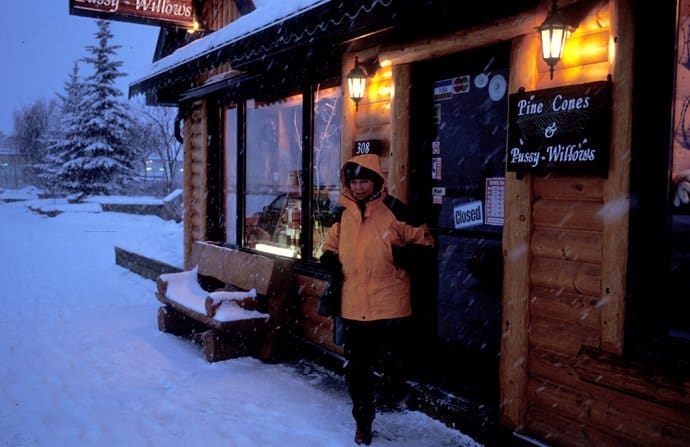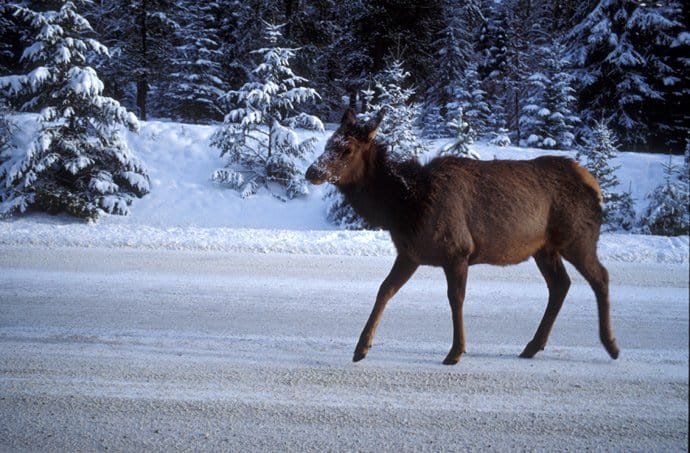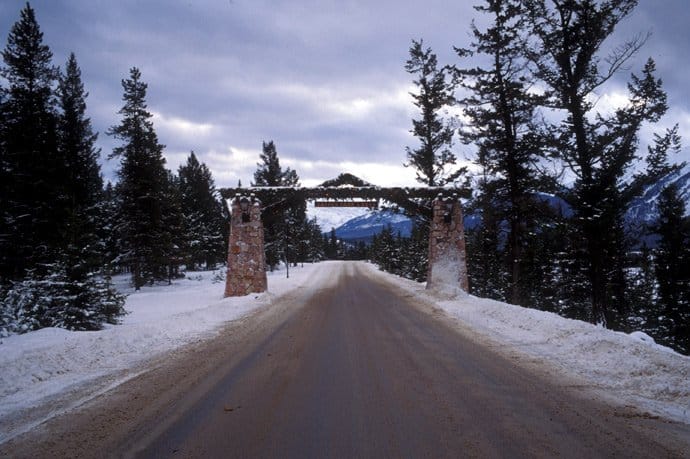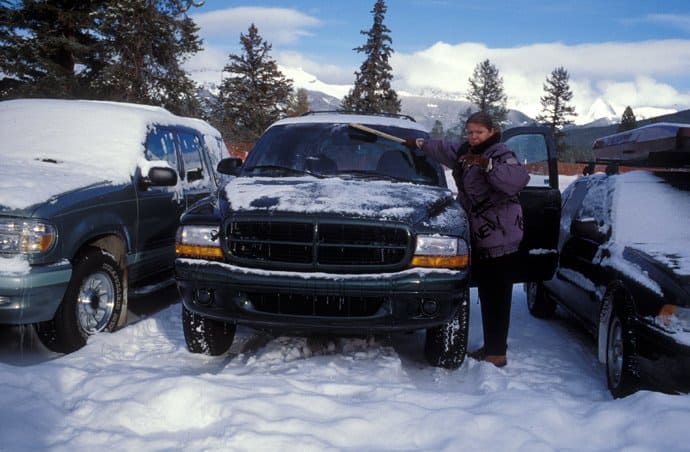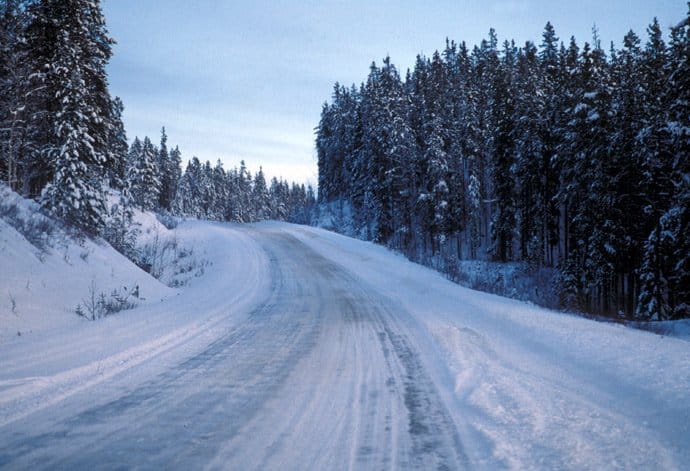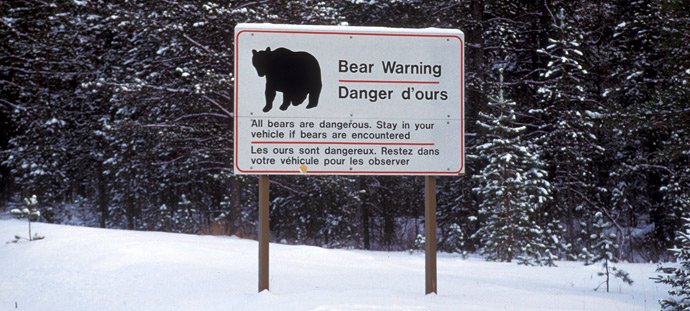Canada – Jasper
After our stay at Banff National Park, we continue to Jasper in the Jasper National Park. The park is 10878 km² and was founded in 1907. Our route takes us from Banff on Highway # 1 to Lake Louise. From there, the highway heads west and to the northwest, the Icefields Parkway leads to Jasper. The route from Lake Louise to Jasper is 230 km long and abundant with spectacular natural spectacles. The Icefields Parkway is Canada’s most famous scenic route. The highway is spacious and leads along an old Indian route along the Bow River. Along the route are Herbert Lake, Hector Lake, the glaciated Pulpit Peak at 2,075 meters, Bow Lake (4,3 km long) and the Columbia Icefield with a size of 325 km² (the largest contiguous ice field in the Northern Hemisphere ), which almost reaches the highway. From here you can drive with special vehicles on the Athabasca glacier. To the left hand, so west of the highway lie on the track, the more than 3600 meters high main ridges of the Rocky Mountains. Mount Columbia is 3747 meters high. On the right hand are the lower front ranges. Behind it are already the prairies in the east of the country. The parkway meanders through the mountain ranges. The highest passages are around 2000 meters.
We had scheduled a schedule of 6 hours for the track. But, as so often in life, things were different. Shortly after Lake Louise, it began to snow so heavily that visibility was limited to 20 meters. We could only go at walking pace. Thankfully, we had a four-wheel drive Dodge, which we trusted to continue the route. Within an hour we drove a distance of 30 km and already had a snow depth of 50 cm. At Bow Lake, a clearing vehicle passed us, making navigating the snow a bit more comfortable. Our initial concerns but to return and wait for better weather for the pass, now faded and we continue the journey. It seemed strange to us that we were not overtaken by any other vehicles in spite of various stops along the entire route.
As it turned out later, the track behind us was completely closed to traffic. It was snowing so hard that it was not possible to take pictures on the way. The pictures shown here are all taken on the way back. After 7 hours driving we reached the Sunwapta Pass. Here the blizzard subsided and went over in normal snowfall. After a total driving time of 11 hours we reached Jasper. On entering the village of Jasper we are greeted on the main road by caribou and elk deer, which occur in packs and solitary and are looking for food in the front gardens and green areas. After the long lonely drive through the Rockies, we are now very happy to see some life again. We even see some cars and on the street there are also some people to see.
Jasper is a small dreamy village with about 3000 inhabitants and was founded only after 1900 with the support of Canada’s second major railway company, the Grand Trunk Railroad. In contrast to Banff, Jasper is hardly marketed commercially and one feels transported back to the 19th century. Everything is humble and original, even the shops and restaurants are not geared to tourism but to the needs of the inhabitants. We find a shop on the main street that sells all kinds of items and equipment needed to live in the wild. Here is the bag of flour to the power saw, clothing and weapons to have everything. It is already late and we cover ourselves today only with the necessary. The snow is condensing again and expanding into a storm. With such a blizzard, which comes completely unexpectedly, the visibility decreases to a few meters. The snow comes through the strong storm whipped vertically. We are on our way to our pre-booked accommodation, the Jasper Lodge. On the road we see some caribou stags that are not impressed by the storm.
Located a few miles outside of Jasper, Jasper Lodge consists of a spacious main house with lobby, restaurants and leisure facilities. Around the lodge various bungalows and log cabins have been built for the guests. The entire complex is spacious and spacious. Partly the log cabins are located directly on the nearby shore of the now frozen lake. We pass the entrance to Jasper Lodge. The Lodge has a number of log cabins built in Canadian style.
After checking in we fall dead tired from the long and tiring drive to bed. The next morning the day welcomes us with glorious sunshine and freezing cold of -30 ° Celsius. First of all we want to explore the surroundings for a while. But a lot of preparatory work is required, because the Dodge is completely covered with ice and it takes a full hour until we have fought it free. He jumps in spite of the cold at the first start attempt immediately and so we can make our way.
The Jasper National Park consists of a 200 km long and 90 km wide rectangle. The park is characterized by a barely touched wilderness. Worthwhile destinations in the area are the Athabasca Falls, the ice cascades of the Angel Glacier and Mount Edith Cavell, which rises steeply with its 3363 meters altitude. The black bear is a problem child here in the park, because it comes in the summer again and again to accidents. The stock is estimated at 60,000 to 120,000 copies in British Columbia and with increasing tendency. Of course, there are the problems with the number of tourists increasing. Due to the constant feedings, the bears have partially lost their natural fear of humans. Therefore, plundering bears are spotted on campsites, etc., and thus become a serious threat to the often unsuspecting tourists. The warnings and instructions should therefore always be taken seriously. But we think we are experienced enough and, in addition, Master Petz hibernates at this time of the year. For the next day we organized a tour with sled dogs through the wilderness north of the Jasper National Park. On the other pages we report on these experiences.


